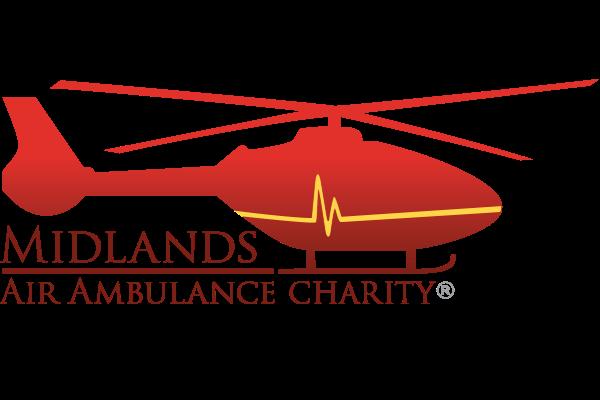
2 minute read
LEUKAEMIA RESEARCH DONATION 19
from Source 51
Freemasonry is unique, uniting brethren from all walks of life under the common principles of Integrity, Friendship, Respect & Charity. Within our number there are brethren whose life outside of Freemasonry is particularly eminent and worthy of note. Dormer Lodge recently hosted a talk about the Victoria Cross, when WBro Mark Smith told stories of abject bravery, valour, self-sacrifice and extreme devotion to duty; it was therefore apt that following the festive board I made the acquaintance of ‘Dr Bob’, or to give him his full salutation: Bro Wing Commander Dr Bob Tipping. In his Masonic Life Bob is SW of Arter Lodge No. 2654. Outside, Bob is married and enjoys life at their smallholding in Wales, where they have 15 sheep and a couple of horses. Bob helps his wife look after things, in particular undertaking ‘Macro DIY projects’. Professionally Bob is very much at the “sharp-end” as a consultant anaesthetist in the RAF, working in Birmingham, having joined the military in 1997 whilst at medical school. He is also seconded to The Emergency Medical Retrieval and Transfer Service (EMRTS) covering Wales & The Welsh Borders since 2015, having started his HEMS work in with The Air Ambulance Service (TAAS) in the Midlands in 2007.
How does The Helicopter Emergency Service (HEMS) differ from The Air Ambulance?
Advertisement
Most people’s perception is that HEMS is the same as the Air Ambulance, but HEMS is a specific subset of air ambulance operations. HEMS is effectively a blue light ambulance responding to emergencies which present an immediate threat to life & limb. In essence, moving a patient who is NOT in a place of safety, to one that is, whilst also being able to provide extra intervention if needed. Aside from the Pilot, there would typically be two clinicians of some sort i.e. two paramedics, or a paramedic and a doctor (usually anaesthesia or emergency medicine but some doctors are pure intensive care or General Practice). They are equipped to perform medical and surgical interventions, including Thoracotomy, Amputation, Reset broken/ dislocated bones, Anaesthesia and Wound management. HEMS is also used when there is an Escalation of care which cannot be met at the current location, eg time-critical transfers of patients to specialist centres. Certain drugs, anaesthesia and advanced surgical interventions can only be provided by a Dr and not a paramedic. The CAA provide greater exemptions for HEMS operations compared with Air Ambulance operations. HEMS can fly anywhere and land where needed, as long as there is space to do so safely. The landing site is surveyed from the air before we land.
In comparison, pure Air Ambulance is a different capability, transferring a patient who is already in a place of safety, to another place of safety, it must fly to a pre-surveyed site such as a helipad or allotted field.









